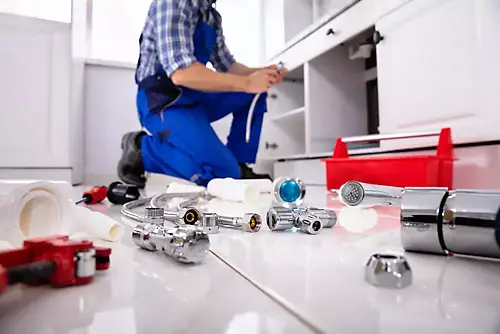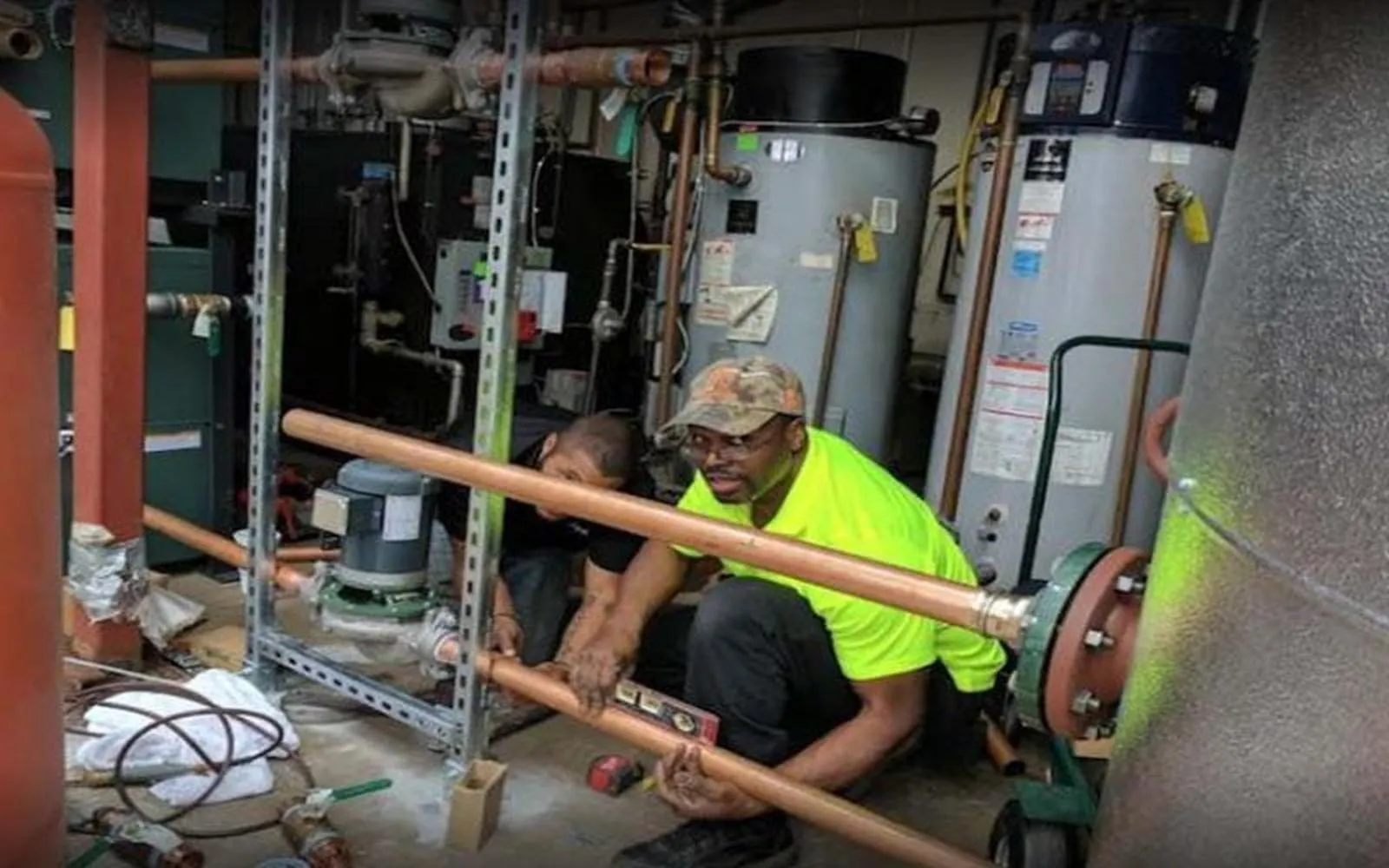How Sewer Cameras and Locators Improve Plumbing Diagnostics
In the world of plumbing, the advent of technology has significantly transformed the way professionals diagnose and address issues within sewer systems. One of the most groundbreaking advancements in this field is the use of sewer cameras and locators. These tools have revolutionized plumbing diagnostics, enabling practitioners to identify problems with unprecedented accuracy and efficiency. This article explores how sewer cameras and locators work, their benefits, and their impact on the plumbing industry.
Understanding Sewer Cameras
Sewer cameras, also known as video inspection cameras, are specialized tools designed to inspect the interior of sewer pipes and drainage systems. These cameras are typically mounted on a flexible rod or cable that can be fed into the pipes, allowing plumbers to see real-time images of the pipe's interior. The camera transmits video footage back to a monitor, where plumbers can observe the condition of the pipes, identify blockages, and detect potential issues such as cracks, leaks, or root intrusions.
The Technology Behind Sewer Cameras
Modern sewer cameras are equipped with high-resolution imaging technology, LED lights for illumination, and often come with features like pan and tilt capabilities. Some advanced models also include recording functions, allowing plumbers to save footage for later analysis or to show clients the condition of their plumbing systems. This real-time visualization is crucial for accurate diagnostics and helps in devising appropriate solutions.
How Sewer Cameras Improve Diagnostics
The integration of sewer cameras into plumbing diagnostics offers numerous advantages. First and foremost, these cameras eliminate the need for invasive exploratory work. Previously, diagnosing a plumbing issue often required digging up sections of the pipe, which was time-consuming and costly. With sewer cameras, plumbers can quickly and efficiently identify problems without unnecessary excavation.
Moreover, sewer cameras provide a clear and detailed view of the pipe's interior, enabling plumbers to pinpoint the exact location and nature of the issue. Whether it's a simple blockage caused by grease buildup or a more complex problem like a cracked pipe or tree root intrusion, the visual evidence captured by the camera allows for a more accurate diagnosis. This level of precision reduces the risk of misdiagnosis and ensures that the right repairs are made the first time.
Benefits of Using Sewer Cameras
There are several key benefits to using sewer cameras in plumbing diagnostics:
- Efficiency: Sewer cameras allow for quick identification of problems, reducing the time spent on diagnostics and repairs.
- Cost-Effectiveness: By minimizing the need for excavation and reducing labor costs, sewer cameras can save homeowners and businesses money in the long run.
- Documentation: The ability to record and save video footage provides valuable documentation for future reference, helping to track the condition of plumbing systems over time.
- Enhanced Customer Communication: Visual evidence allows plumbers to explain issues to clients more effectively, fostering transparency and trust.
The Role of Sewer Locators
While sewer cameras provide visual insights into the condition of pipes, sewer locators complement this technology by identifying the exact location of underground pipes and their depths. Sewer locators use electromagnetic signals to detect the presence of buried utilities, making it easier for plumbers to plan repairs or installations without the risk of damaging existing infrastructure.
How Sewer Locators Work
Sewer locators typically consist of a transmitter and a receiver. The transmitter sends out an electromagnetic signal along the pipe, which can be detected by the receiver above ground. This technology allows plumbers to map the layout of sewer lines accurately, identify potential problems, and avoid costly mistakes during excavation or repair work.
Benefits of Sewer Locators
The integration of sewer locators into plumbing diagnostics provides several advantages:
- Accurate Mapping: Sewer locators help create detailed maps of underground plumbing systems, ensuring that plumbers have a clear understanding of the layout before beginning work.
- Risk Reduction: By accurately locating pipes, plumbers can avoid damaging existing lines during repairs or installations, which can lead to costly repairs and service interruptions.
- Improved Safety: Knowing the exact location of buried utilities enhances safety for both plumbers and property owners, reducing the risk of accidents.
Combining Sewer Cameras and Locators
When used in tandem, sewer cameras and locators create a powerful diagnostic system that enhances the overall efficiency and effectiveness of plumbing services. For example, a plumber may use a sewer locator to map out the layout of the pipes before conducting a video inspection with a sewer camera. This combination allows for a thorough understanding of the plumbing system, leading to more informed decision-making regarding repairs and maintenance.
Case Studies: Successful Applications
To illustrate the impact of sewer cameras and locators on plumbing diagnostics, consider the following case studies:
Case Study 1: Residential Plumbing Emergency
A homeowner experienced recurring backups in their basement. Traditional methods of diagnosis, including snaking the lines, failed to resolve the issue. A plumber employed a sewer camera to inspect the pipes and discovered significant tree root intrusion causing blockages. The plumber used the footage to show the homeowner the extent of the problem and recommended an appropriate solution, which included root removal and pipe repair. The entire process was completed efficiently, saving the homeowner both time and money.
Case Study 2: Commercial Property Renovation
During a renovation of a commercial property, the plumbing contractor needed to upgrade the sewer system. They utilized a sewer locator to map the existing pipes, ensuring they avoided any potential clashes with other utilities. After mapping the layout, the contractor used a sewer camera to inspect the condition of the existing pipes. This combination of technologies allowed for a smooth transition to the new system with minimal disruption to the business operations.
Future Trends in Plumbing Diagnostics
The plumbing industry is continuously evolving, and the use of sewer cameras and locators is likely to expand further in the coming years. Emerging trends include:
- Integration with AI: The incorporation of artificial intelligence into sewer inspection technology could lead to automatic diagnostics and recommendations based on the visual data collected by cameras.
- Remote Monitoring: Future technologies may enable remote monitoring of sewer systems, allowing for real-time diagnostics and early detection of issues before they escalate.
- Enhanced Data Analytics: As more data is collected from plumbing systems, advanced analytics can provide insights into trends, helping plumbers proactively address maintenance needs.
Conclusion
In conclusion, sewer cameras and locators have significantly improved plumbing diagnostics, providing professionals with the tools they need to identify and address issues more efficiently and accurately. The integration of these technologies not only enhances the quality of service provided to clients but also contributes to cost savings and improved safety. As the plumbing industry continues to embrace technological advancements, the future looks promising for both plumbers and property owners alike. The ability to leverage real-time data and visual insights will undoubtedly lead to more effective plumbing solutions and a better understanding of the intricate systems that keep our homes and businesses running smoothly.
Explore

Why Choosing a Local Law Firm Can Improve Your Case Outcome

Emergency Plumbing Services: When You Shouldn’t Wait

Top Commercial Plumbing Services Guide

Understanding Childhood Asthma: Symptoms, Causes, and Treatment Options

Top Cruise Lines Offering Senior-Friendly Amenities and Discounts

Comparing Medical Alert Devices: Features and Pricing

Common Garage Door Problems and How to Fix Them

Event Planning Software for Small Teams: Affordable and Effective Options
